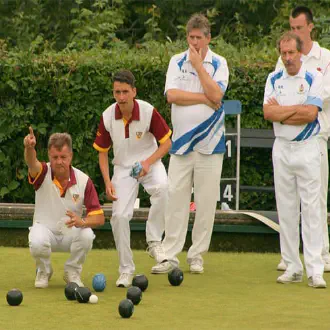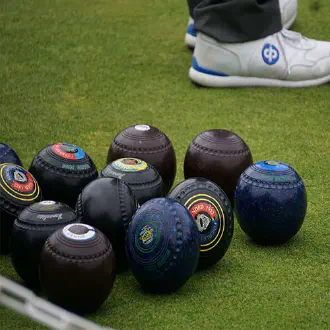
Bowling Rules - How The Game Unfolds
The aim of lawn bowls is simple, to roll your bowls as close to the jack as possible. It may sound easy, but the bowls have a bias, which means that they are uneven and weighted on one side. This makes them travel in a curve which gives the game a tactical challenge. The game takes place on a flat surface, which is typically 34-40 metres long, referred to as the bowling green. The bowling green is then divided into six parallel rectangles called rinks. The lead, which refers to the first bowler, is determined by a coin toss. The lead throws the jack, which must travel at least 23 metres once it comes to rest. The jack is then placed at the centre of the rink.
The first set of bowling rules was published in 1864 by William Wallace Mitchell, a cotton merchant from Glasgow. These rules form the foundation of the game as we know it. We will take an in-depth look at the rules that govern the game of lawn bowls.

